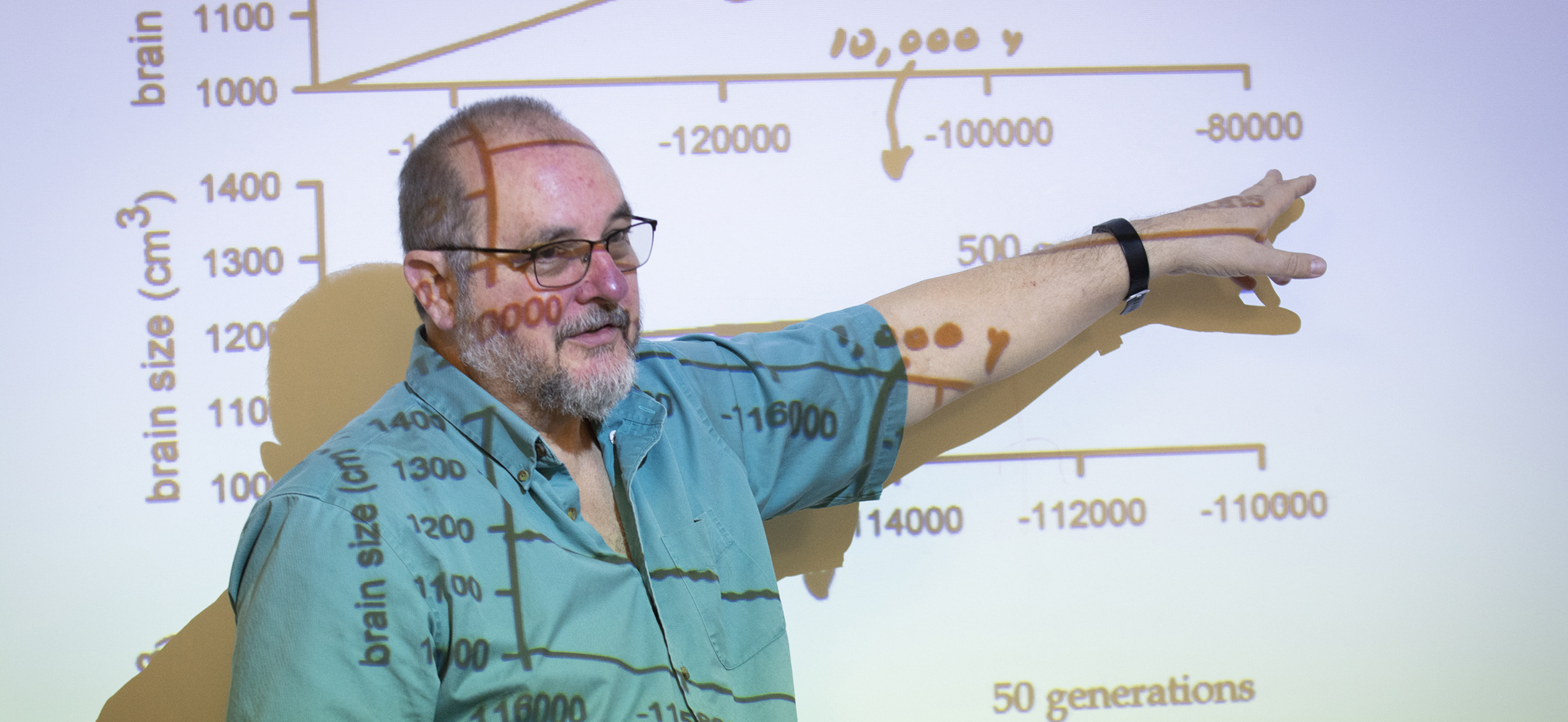Spring 2012 Seminars
January 23, 2012
Troy D. Randall, Ph.D.
Professor, Department of Medicine, Allergy/Immunology and Rheumatology, University of Rochester School of Medicine and Dentistry
Title: Local immune responses to tumors and other antigens in the peritoneal cavity
Abstract: The omentum is a visceral adipose tissue that contains milky spots, which are local lymphoid tissues that generate immune responses to peritoneal antigens. Here we show that whereas immunogenic tumors are rapidly rejected from intradermal sites, they grow progressively in the peritoneal cavity and omentum. Tumor growth in the peritoneal cavity is dependent on the omentum, which promotes immune tolerance via TGFb and the local generation of CD4+CD25+FoxP3+ regulatory T cells. Omentumectomy (OMX) promotes normal immune responsiveness and rejection of peritoneal tumors. Although tumor-specific Tc1 therapy can prevent peritoneal tumor growth, it cannot eradicate growing tumors once tolerance is established in the omentum. However, Tc1 therapy combined with OMX or TGFb blockade can reduce tumor burden in the peritoneum. These data demonstrate that the omentum uniquely promotes tolerance to peritoneal tumors and suggest that therapies directed at omental tumors, such as ovarian carcinoma, must neutralize robust, omentum-specific Treg-mediated mechanisms of tolerance.
Februry 13, 2012
Donald J. Leopold, Ph.D.
Distinguished Teaching Professor & Chair, Department of Environmental and Forestry Biology, SUNY College of Environmental Science and Forestry
Title: Natural communities as templates for restoring sustainable landscapes
Abstract: Natural plant communities can guide the restoration of badly degraded sites and establishment of new forests. I will review basic ecological principles underlying the abundance of plant species in various natural communities of upstate New York. I will discuss several applications of these principles to create a sustainable landscape, including the green roof on the new Gateway Building at ESF as well as plantings for the new ESF biology building, which include an oak-chestnut forest and inland salt marsh.
March 5, 2012
Joel Ralston, Ph.D.
Visiting Assistant Professor of Biology, Utica College
Title: Studies of avian migration
Abstract: The evolution of migration has allowed migratory birds to diversify and colonize all corners of the globe by exploiting resources that are only seasonally available and reducing competition, predation, and parasitism. Centuries of research on avian migration have led to great advances in our understanding of this natural phenomenon. Yet surprisingly large gaps in our knowledge still exist including basic information about where our breeding birds go in the winter and how they get there. Here I will present some of my research on various aspects of avian migration. This will include tracking the geographic source of migratory birds using stable isotopes; and the effects of migratory strategy on breeding population genetics. Finally I will present a project idea still in development about how we might identify the genes important in both the initiation of migratory behaviors (proximate control) and evolutionary changes in migration (ultimate control).
March 26, 2012
Julie M. Hasenwinkel, Ph.D.
Associate Professor and Bioengineering Program Director Department of Biomedical and Chemical Engineering, Syracuse Biomaterials Institute, Syracuse University
Title: Novel approaches to characterizing and treating spinal cord injury
Abstract: TBA
April 16, 2012
Patrick Maxwell, Ph.D.
Assistant Professor Biology Department, Center for Biotechnology & Interdisciplinary Studies, Rensselaer Polytechnic Institute
Title: Characterizing the mechanisms and consequences of genetic damage during aging
Abstract: Aging in diverse organisms and in human cells is associated with an accumulation of mutations in DNA. Such genetic damage can impair the function of cells and tissues, but whether this increase in genetic damage is one of the direct causes of aging is under active investigation. Understanding the cellular processes that contribute to aging-associated mutations would provide the potential to develop strategies to promote healthy lifespan and perhaps lengthen life. My lab is studying mechanisms that may contribute to genetic damage in a simple model system for cellular aging. In addition, we are using this experimental system to better determine how direct of a role mutations have in the process of aging.

